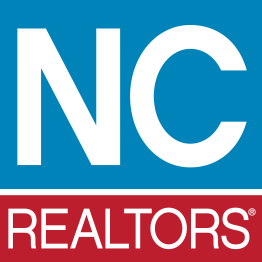Listing property with unpermitted improvements
QUESTION: Our firm has been asked to list a residential property. The seller admitted that he has added several rooms to the home without obtaining the necessary building permit. Should I insist on the seller obtaining that permit before I list the property? If not, what disclosures are necessary when I list the property?
ANSWER: In its course materials for the 2008-2009 Update Course, the North Carolina Real Estate Commission noted that improvements made in violation of the building code can, and usually are, ordered to be removed or brought into code compliance at the expense of the property owner. The cost of either remedy can be substantial.
A listing agent faced with the opportunity to market property with an unpermitted addition or improvement can and probably should suggest to the property owner that the owner rectify the situation before placing the property on the market. If the owner refuses, the listing agent should inform the owner that while the property can still be marketed, the agent will be required to fully disclose the existence of the unpermitted area, and do so in a manner that clearly informs any prospective purchaser that the seller expects the buyer to bear all costs of bringing the property in compliance with the building code.
While the Real Estate Commission’s Residential Square Footage Guidelines make no mention of the requirement for a building permit, the Update Course materials referenced above clearly state that the square footage of unpermitted additions or improvements must be separately identified when making representations concerning square footage. The listing agent must inform prospective purchasers that there is no permit for the addition. The Commission has given the following example as guidance: “If a structure… measures 3475 square feet, but 850 of that square footage is found in an addition for which no permit was obtained, the licensee may indicate the full 3475 square feet in any advertising or multiple service listing so long as the broker also clearly states that 850 square feet of the total is an addition or improvement for which the proper permits were not obtained.”
Keep in mind that even if the seller answers “no representation” in response to any of the questions on the Residential Property Disclosure Statement which deal with structural additions and violations of ordinances and codes, the broker must still disclose the lack of proper permitting.
This article is intended solely for the benefit of NC REALTORS® members, who may reproduce and distribute it to other NC REALTORS® members and their clients, provided it is reproduced in its entirety without any change to its format or content, including disclaimer and copyright notice, and provided that any such reproduction is not intended for monetary gain. Any unauthorized reproduction, use or distribution is prohibited.
